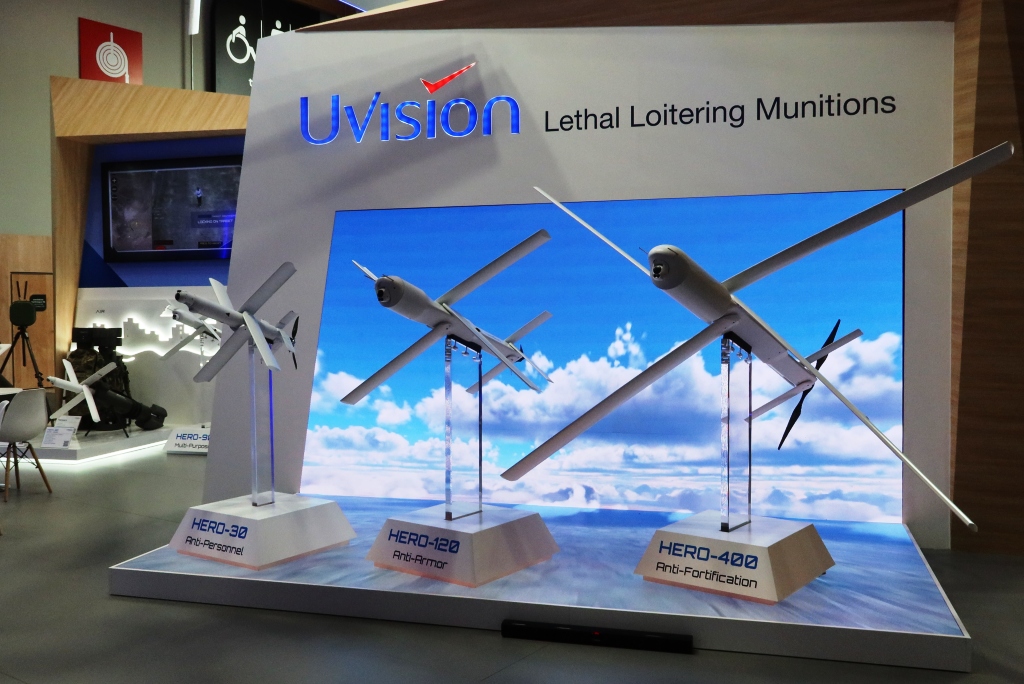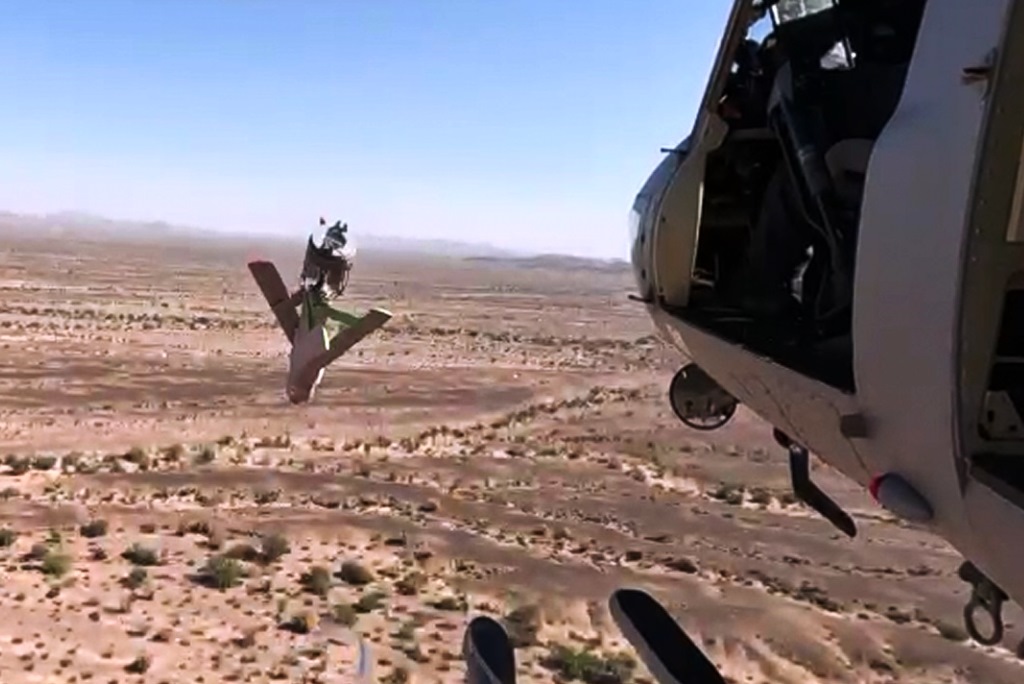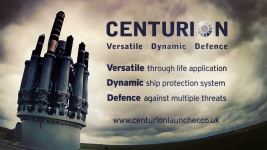- Reaction score
- 7,346
- Points
- 1,160
That's my take on it. It needs a lot more analysis of both the way that the Ukrainians use their varying gun systems and the way that Russians identify and prioritize their counter battery work. Saying tracked vehicles leave ... well tracks ... while Caesars are wheeled and don't is simplistic in the extreme. If Caesars and other guns move solely on highways then their AMAs are greatly reduced and a plan of flying reconnaissance along highways would quickly spot most of them even when not firing.
I do agree that I've seen far to many pictures of gun positions with salvage around them bearing witness to prolonged periods of firing. Conversely, a battery on the road also quickly draws attention to aerial surveillance. One big issue about staying in place v moving is what type of ammunition support vehicles, and how many, are organic to the battery. That's a major factor.
If I were to guess, and I do that all too often, then my money would be the importance of 155mm guns as the most viable targets and the ones that you would expend a Lancet on. 105mm simply aren't the same threat in the deep muck that is Ukrainian soil and their trench systems. They don't get paid the same level of attention.
Just as an aside, Oryx reports 5 Caesars as hit with three destroyed and two damaged. The statistic that I find interesting is that 37 M777s have been destroyed and another 34 damaged which reinforces the vulnerability of unarmoured guns to near misses. I haven't run a detailed calculation - I'll leave that to you - but my impression is that there is a higher ratio of destroyed SPs to damaged ones. To me that's indicative of near misses doing little damage to SPs but a direct hit - like with a Lancet - is catastrophic. An interesting statistic that one doesn't get from Oryx, is the rate of personnel casualties amongst armoured v unarmoured guns.
Just a reminder - I have nothing against wheeled guns - my problem is with unarmoured guns which is what the Caesar is.

Re the Caesar stats on Oryx.
The Forbes article cited is from May so the loss over the summer has been an additional 3 guns.
WRT Armour...
Would you consider Archer as an armoured gun? The cab is armoured and the crew doesn't have to dismount.




